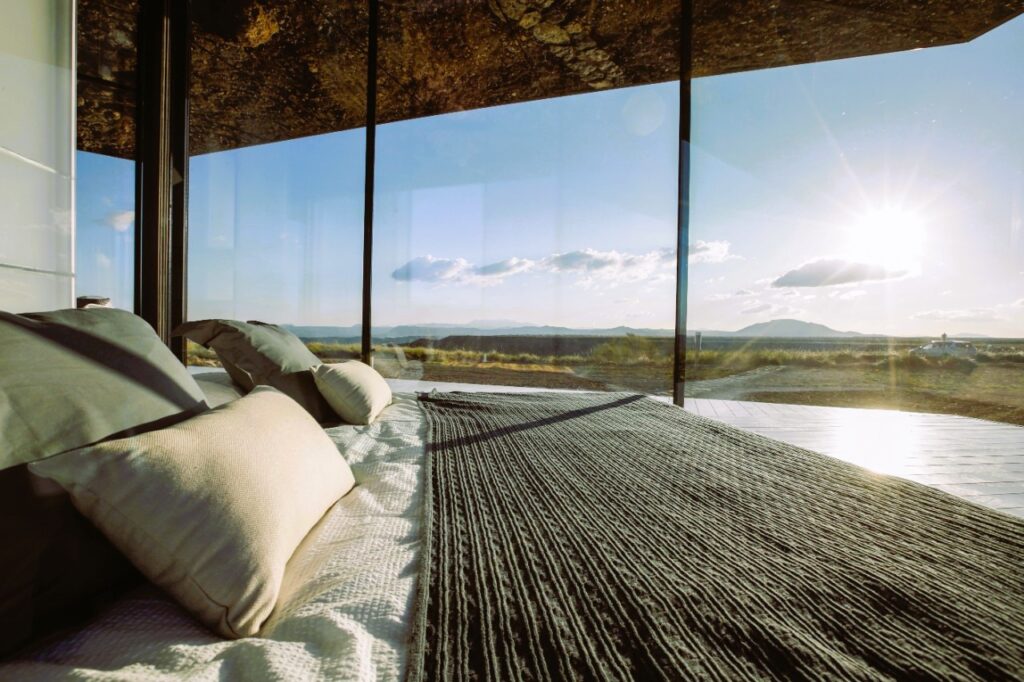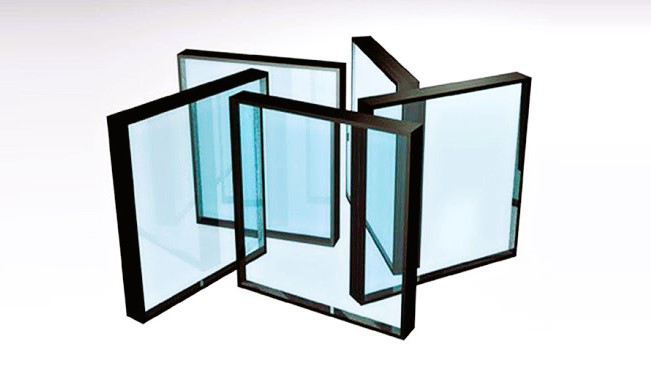
Understanding Low-E Glass: A Breakdown of its Benefits
When it comes to enhancing the energy efficiency of your home, the choice of windows plays a pivotal role. Among the various technologies available, Low-E glass has emerged as a popular and effective solution. In this comprehensive guide, we will delve into the intricacies of Low-E glass, providing a detailed breakdown of its benefits and shedding light on how it can contribute to a more sustainable and comfortable living environment.
What is Low-E Glass?
Low-E, or low-emissivity, glass is a type of glass that has a thin, transparent coating applied to its surface. This coating is designed to reflect heat and harmful UV rays while allowing visible light to pass through. The primary purpose of Low-E glass is to improve the insulation properties of windows, reducing heat transfer and enhancing energy efficiency.
Benefits of Low-E Glass:
- Energy Efficiency:
- Heat Reflection: The thin metallic coating on Low-E glass reflects a significant amount of the sun’s infrared radiation. This helps in preventing heat gain during hot summer months, keeping your home cooler and reducing the load on your cooling systems.
- Winter Insulation: In colder seasons, Low-E glass works by reflecting the heat back into the room, preventing it from escaping through the windows. This aids in maintaining a comfortable indoor temperature and reduces the need for excessive heating.
- UV Ray Protection:
- Furniture and Flooring Preservation: Low-E glass blocks a substantial portion of harmful UV rays, which are known to cause fading and damage to furniture, flooring, and other interior elements. By minimizing UV exposure, this glass helps in preserving the longevity and appearance of your belongings.
- Glare Reduction:
- Optimal Light Transmission: While Low-E glass reflects certain wavelengths of light, it still allows visible light to pass through. This means you can enjoy ample natural light in your living spaces without the discomfort of glare, creating a well-lit and comfortable environment. Did you like the article? Read also about the Future of smart windows.

- Environmental Impact:
- Reduced Energy Consumption: The energy efficiency provided by Low-E glass contributes to a reduction in overall energy consumption. This not only lowers your utility bills but also has a positive impact on the environment by decreasing the demand for energy resources.
- Comfort and Livability:
- Consistent Indoor Temperatures: By minimizing heat transfer through windows, Low-E glass helps maintain more consistent indoor temperatures. This results in increased comfort for occupants, eliminating drafts and hot spots near windows.
- Cost Savings:
- Long-Term Financial Benefits: While the initial cost of installing windows with Low-E glass may be slightly higher, the long-term savings in energy bills often outweigh the upfront investment. Homeowners can experience significant cost savings over the life of the windows.
Conclusion:
Understanding the benefits of Low-E glass is crucial for homeowners looking to make informed decisions about their windows. The energy efficiency, UV protection, glare reduction, and overall improvement in comfort make Low-E glass a valuable addition to any home. As you explore options for upgrading your windows, consider the advantages that Low-E glass can bring to your living space.
For more information on window standards and energy-efficient solutions, you can refer to reliable sources such as Wikipedia. These platforms provide additional insights into the latest advancements in window technologies and standards, helping you stay well-informed as you make choices to enhance your home’s energy performance.
